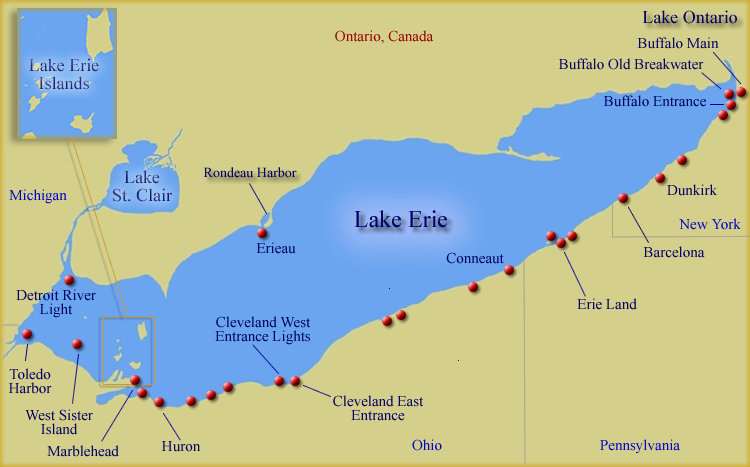Public can comment on the action plan until May 9
By Diego Flammini
Assistant Editor, North American Content
Farms.com
The Government of Canada and Province of Ontario released a draft action plan designed to protect the Canadian side of Lake Erie from high amounts of phosphorous and toxic algae.
The goal of the draft action plan, which will be part of Ontario’s Great Lakes Protection Act, is to reduce the amount of phosphorous and algae in Lake Erie by approximately 40 per cent.

Lake Erie is the shallowest and most biologically productive of the Great Lakes. This lake receives high loads of phosphorous, making it highly sensitive to harmful blue-green and nuisance algal blooms.
And since phosphorous enters the lake from a variety of sources, the action plan is open to public comments, including members of the agricultural community, until May 9.
"Water connects us all. We intrinsically understand its importance, and we all have a reason to be invested in its protection,” Catherine McKenna, federal Minister of Environment and Climate Change, said in a release. “I encourage Canadians, especially those within the Great Lakes Basin, to participate in these consultations that will inform our collaborative actions to protect Lake Erie."
The plan suggests the next agriculture policy framework could encourage producers to implement multiple best management practices across the entire farm, and that the Province will continue to develop and implement Ontario’s 4-R program.
Through the Great Lakes Water Quality Agreement, Canada and the U.S. are committed to finalizing domestic action plans for Lake Erie by February 2018.